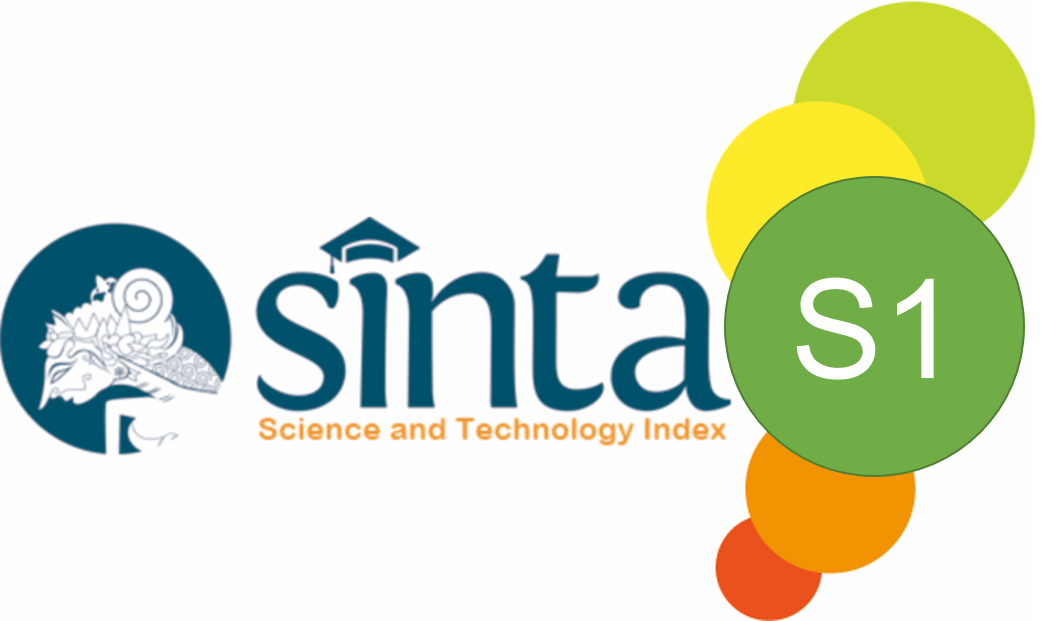Handwritten Digit Recognition Using Machine Learning Algorithms
Abstract
Keywords
Full Text:
PDFReferences
AlKhateeb, J. H., Pauplin, O., Ren, J., andJiang, J. (2011). Performance of hidden Markov model and dynamic Bayesian network classifiers on handwritten Arabic word recognition. Knowledge-based systems, 24(5), 680-688.
Bhowmik, S., Roushan, M. G., Sarkar, R., Nasipuri, M., Polley, S., and Malakar, S. (2014). Handwritten bangla word recognition using hog descriptor. Proceedings of emerging Applications of Information Technology (EAIT), 2014, 193-197.
bin Othman, M. F., an Yau, T. M. S. (2007). Comparison of different classification techniques using WEKA for breast cancer. Proceeding of 3rd Kuala Lumpur International Conference on Biomedical Engineering, 2006, 520-523.
Bouckaert, R. R. (1994). Properties of Bayesian belief network learning algorithms. Uncertainty Proceedings, 1994, 102-109.
Buntine, W. (1991). Theory refinement on Bayesian networks. Uncertainty Proceedings, 1991, 52-60.
Chandrasekaran, R., Chandrasekaran, M., and Siromoney, G. (1984). Computer recognition of Tamil, Malayalam and Devanagari characters. IETE Journal of Research, 30(6), 150-154b.
Ciregan, D., Meier, U., and Schmidhuber, J. (2012). Multi-column deep neural networks for image classification.
Proceedings of Computer vision and pattern recognition (CVPR), 2012, 3642-3649.
Cooper, G. F., and Herskovits, E. (1991). A Bayesian method for constructing Bayesian belief networks from databases. Uncertainty Proceedings, 1991, 86-94.
Das, N., Pramanik, S., Basu, S., Saha, P. K., Sarkar, R., Kundu, M., and Nasipuri, M. (2014). Recognition of handwritten Bangla basic characters and digits using convex hull-based feature set. arXiv preprint arXiv:1410.0478.
Das, N., Sarkar, R., Basu, S., Kundu, M., Nasipuri, M., and Basu, D. K. (2012). A genetic algorithm-based region sampling for selection of local features in handwritten digit recognition application. Applied Soft Computing, 12(5), 1592-1606.
Firdaus, C., Wahyudin, W., & Nugroho, E. P. (2017). Monitoring System with Two Central Facilities Protocol. Indonesian Journal of Science and Technology, 2(1), 8-25.
John, G. H., and Langley, P. (1995). Estimating continuous distributions in Bayesian classifiers. Proceedings of the Eleventh conference on Uncertainty in artificial intelligence, 1995, 338-345.
Koerich, A. L., Sabourin, R., and Suen, C. Y. (2003). Large vocabulary off-line handwriting recognition: A survey. Pattern Analysis and Applications, 6(2), 97-121.
Kruse, R., Borgelt, C., Klawonn, F., Moewes, C., Steinbrecher, M., & Held, P. (2013) Multi-Layer Perceptrons. Computational Intelligence, 2013, 47-81.
Le, Q. V. (2013). Building high-level features using large scale unsupervised learning. Proceedings of Acoustics, Speech and Signal Processing (ICASSP), 2013, 8595-8598.
LeCun, Y., Bottou, L., Bengio, Y., and Haffner, P. (1998). Gradient-based learning applied to document recognition. Proceedings of the IEEE, 86(11), 2278-2324.
Liu, C. L., Nakashima, K., Sako, H., and Fujisawa, H. (2003). Handwritten digit recognition: benchmarking of state-of-the-art techniques. Pattern recognition, 36(10), 2271-2285.
Liu, C. L., Yin, F., Wang, D. H., and Wang, Q. F. (2013). Online and offline handwritten Chinese character recognition: benchmarking on new databases. Pattern Recognition, 46(1), 155-162.
Neves, R. F., Lopes Filho, A. N., Mello, C. A., and Zanchettin, C. (2011). A SVM based off-line handwritten digit recognizer. Proceedings of Systems, Man, and Cybernetics (SMC), 2011, 510-515).
Nguyen, H. A., and Choi, D. (2008). Application of data mining to network intrusion detection: classifier selection model. Proceedings of Asia-Pacific Network Operations and Management Symposium, 2008, 399-408.
Orru, G., Pettersson-Yeo, W., Marquand, A. F., Sartori, G., and Mechelli, A. (2012). Using support vector machine to identify imaging biomarkers of neurological and psychiatric disease: a critical review. Neuroscience and Biobehavioral Reviews, 36(4), 1140-1152.
Pereira, F., Mitchell, T., & Botvinick, M. (2009). Machine learning classifiers and fMRI: a tutorial overview. Neuroimage, 45(1), S199-S209.
Perwej, Y., & Chaturvedi, A. (2012). Machine recognition of Hand written Characters using neural networks. arXiv preprint arXiv:1205.3964.
Plamondon, R., & Srihari, S. N. (2000). Online and off-line handwriting recognition: a comprehensive survey. IEEE Transactions on pattern analysis and machine intelligence, 22(1), 63-84.
Rahman, A. F. R., Rahman, R., and Fairhurst, M. C. (2002). Recognition of handwritten Bengali characters: a novel multistage approach. Pattern Recognition, 35(5), 997-1006.
Random trees, online: http://docs.opencv.org/modules/ml/doc/random_trees.html, Accessed on August 2015.
Salzberg, S. L. (1994). C4. 5: Programs for machine learning by j. ross quinlan. morgan kaufmann publishers, inc., 1993. Machine Learning, 16(3), 235-240.
Schmidhuber, J. (2015). Deep learning in neural networks: An overview. Neural networks, 61, 85-117.
Seewald, A. K. (2005). Digits-a dataset for handwritten digit recognition. Austrian Research Institut for Artificial Intelligence Technical Report, Vienna (Austria).
Seewald, A. K. (2011). On the brittleness of handwritten digit recognition models. ISRN Machine Vision, 2012.
Tokas, R., & Bhadu, A. (2012). A comparative analysis of feature extraction techniques for handwritten character recognition. International Journal of Advanced Technology & Engineering Research, 2(4), 215-219.
Trier, Ø. D., Jain, A. K., & Taxt, T. (1996). Feature extraction methods for character recognition-a survey. Pattern recognition, 29(4), 641-662.
Watada, J., & Pedrycz, W. (2008). A fuzzy regression approach to acquisition of linguistic rules. Handbook of Granular Computing, 719-732.
Weka Software Documentation, online: http://www.cs.waikato.ac.nz/ml/weka/, accessed on August 2015.
Zhang, X. Y., Yin, F., Zhang, Y. M., Liu, C. L., & Bengio, Y. (2018). Drawing and recognizing Chinese characters with recurrent neural network. IEEE transactions on pattern analysis and machine intelligence, 40(4), 849-862.
DOI: https://doi.org/10.17509/ijost.v3i1.10795
Refbacks
- There are currently no refbacks.
Copyright (c) 2018 Indonesian Journal of Science and Technology

This work is licensed under a Creative Commons Attribution-ShareAlike 4.0 International License.
Indonesian Journal of Science and Technology is published by UPI.
View My Stats





















